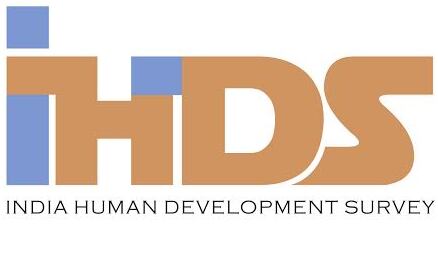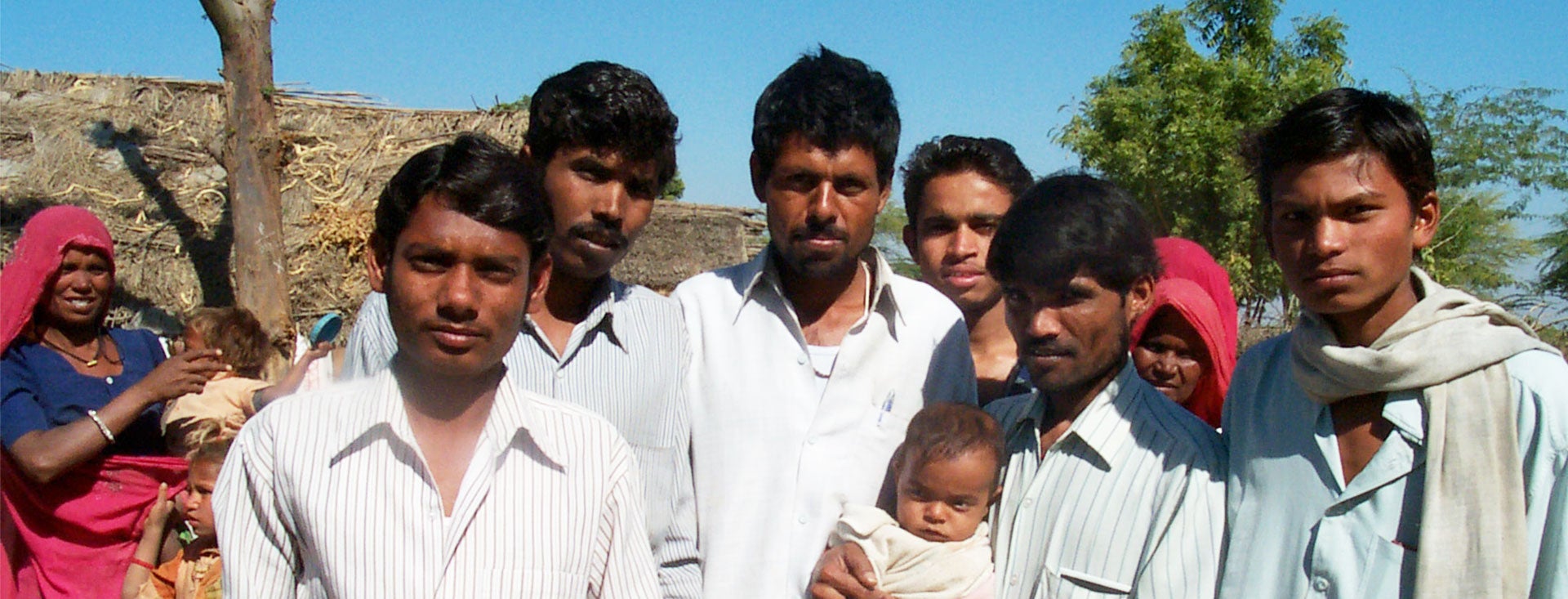About
The IHDS is a unique resource for researchers, policy makers and journalists. A one-of-a-kind panel study, we have interviewed over 42,152 households in 1,420 villages and 1,042 urban neighborhoods across India. We invite you to explore the vast array of information we have collected across the two panels of the IHDS. IHDS 1 was conducted in 2005-2006, and IHDS 2 in 2011-2012. There is an 85% reinterview rate between the two surveys. India has experienced two decades of breathtaking transformation and IHDS has documented the concurrent demographic change. We will continue with IHDS 3, slated for release in 2023.
IHDS 1 and 2 were designed to complement existing Indian surveys by bringing together a wide range of topics in a single survey. This breadth permits analyses of associations across a range of social and economic conditions. For example, studying children's outcomes (e.g., learning, immunizations) requires joint consideration of the role of poverty, family structure, gender relations, community context, and the availability of facilities. Many of these are available in both IHDS surveys and will be available in the forthcoming IHDS 3.
IHDS 3 is currently under construction and we are pleased to announced it will be a Computer Assisted Personal Interviewing (CAPI) survey. CAPI facilitates skip patterns, logic checks, and validations throughout the interview process. We believe we will see an enormous improvement in the quality of data collected.
IHDS is a collaborative project from the University of Maryland, College Park; the National Council of Applied Economic Research (NCAER) in Delhi; Indiana University and the University of Michigan.
- caste & community
- consumption and standard of living
- energy use
- income
- agriculture
- employment
- government subsidies
- education
- social and cultural capital
- household & family structure
- marriage
- gender relations
- fertility
- health
- village infrastructure

